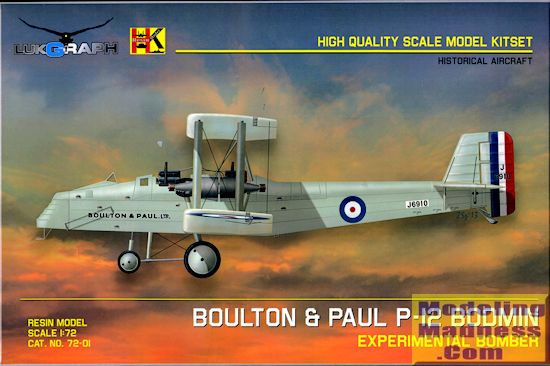
Lukgraph 1/72 Boulton & Paul P-12 Bodmin
| KIT #: | 72-01 |
| PRICE: | |
| DECALS: | One option |
| REVIEWER: | Scott Van Aken |
| NOTES: | Resin kit with small p.e. fret |

| HISTORY |
The Boulton & Paul P.12 Bodmin was an experimental British twin-engined biplane bomber with its engines mounted in a fuselage engine room and with tandem pairs of tractor and pusher airscrews mounted between the wings.
The first of two Bodmins flew early in 1924. It flew well, though with some drive and cooling problems and showed that despite Bristol's problems with the Tramp the fuselage mounted engine arrangement was workable. John North had been able to compensate the extra weight of this configuration by the savings of metal construction, which he estimated after the Bodmin was built to be as high as 20%, a factor of two better than his design estimate. The safety bonus of engines that could be adjusted and mended in the air, the most important reason behind the layout was achieved. The maximum speed and climb rate of the Bodmin were marginally better than those of the identically powered though slightly smaller metal-framed Boulton & Paul Bugle II.
The Bodmin could fly level on one engine and there was no asymmetry of thrust unlike a conventional twin-engine design.[6] The first prototype was written off due to undercarriage failure and the trials were completed with the second. The "engine room" concept did not catch on, but all-metal airframes served later aircraft well.
| THE KIT |
 This
kit is a collaborative effort between Lukgraph and HK resin if what is on the
box is any indication. The kit consists of 162 parts in total and the resin
casting is just superb. There are several things I really like about how th
This
kit is a collaborative effort between Lukgraph and HK resin if what is on the
box is any indication. The kit consists of 162 parts in total and the resin
casting is just superb. There are several things I really like about how th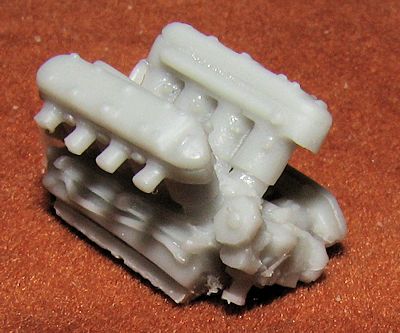 is
kit was engineered. Yes, there are a ton of very small parts, as you would
expect from a large airplane of this era, but all of the struts for the wings
and landing gear are molded around wire so they will not sag over time. Not only
that, but all of the wing sections have large gauge wire molded into the parts
and these slip into holes that are pre-drilled into the receiving parts of the
wing and fuselage. To make construction even more pleasant, all of the large
pieces have already been removed from the pour stubs and this is true of even
some of the smaller bits. The fuselage halves were taped together and like the
bags for the rest of the bits, were wrapped in bubble wrap.
is
kit was engineered. Yes, there are a ton of very small parts, as you would
expect from a large airplane of this era, but all of the struts for the wings
and landing gear are molded around wire so they will not sag over time. Not only
that, but all of the wing sections have large gauge wire molded into the parts
and these slip into holes that are pre-drilled into the receiving parts of the
wing and fuselage. To make construction even more pleasant, all of the large
pieces have already been removed from the pour stubs and this is true of even
some of the smaller bits. The fuselage halves were taped together and like the
bags for the rest of the bits, were wrapped in bubble wrap.
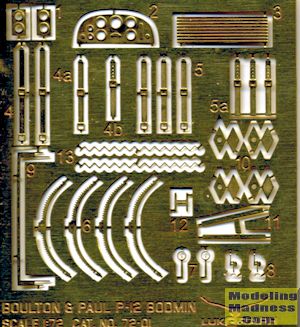 With all those
parts it is pretty much impossible to show them all, but if you visit Lukgraph's
web site, he has some additional images. What I have done is to provide a couple
of closeups of a few bits like some struts and the 12-cylinder W engines. You
would expect a kit like this to be highly reliant on photo etch for detail, but
that is not the case. Lukgraph realizes that flat bits do not do an adequate job
of representing 3D items so saves the p.e. for things like seat belts, gun bits,
flat panels and the like.
With all those
parts it is pretty much impossible to show them all, but if you visit Lukgraph's
web site, he has some additional images. What I have done is to provide a couple
of closeups of a few bits like some struts and the 12-cylinder W engines. You
would expect a kit like this to be highly reliant on photo etch for detail, but
that is not the case. Lukgraph realizes that flat bits do not do an adequate job
of representing 3D items so saves the p.e. for things like seat belts, gun bits,
flat panels and the like.
While you would expect a 1920's biplane to be pretty simple in that it doesn't have a lot of external ordnance or antennas, there are a lot of struts and other bits in this kit. For instance, the interior has several floor sections for the pilots, rear gunner and the engine compartment. There are extra braces in the central engine area that included engine mounting stands and various hoses that are attached to the two engines. Moving back to the cockpit you have a pair of pilot seats, rudder pedals and control columns. There are some bits that attach to the inside of the fuselage, which also has molded in frame detailing.
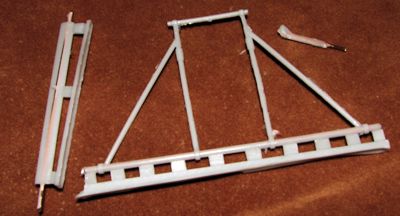 A lot of
parts go into doing the wings. Due to the arrangement of the props and
gearboxes, the wings have to be done in sections. This is where the metal rod
reinforcements come in very handy. This is also true of what is a rather complex
landing gear. The main frame of the landing gear has several uprights that
attach to it and then this whole thing gets attached to the underside of the
fuselage. Having the two anti-nose-over wheels adds to its complexity.
A lot of
parts go into doing the wings. Due to the arrangement of the props and
gearboxes, the wings have to be done in sections. This is where the metal rod
reinforcements come in very handy. This is also true of what is a rather complex
landing gear. The main frame of the landing gear has several uprights that
attach to it and then this whole thing gets attached to the underside of the
fuselage. Having the two anti-nose-over wheels adds to its complexity.
There are rather large stub sections that fit to the
fuselage at the engine area which hold the coolant radiators. To the outside of
these are fit the gearbox assembly and
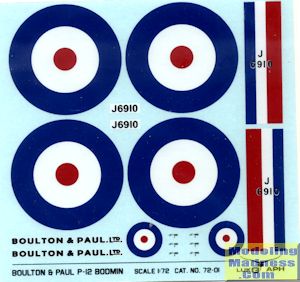 the props. You
have two four blade pushers and two two blade tractor props for each one. The
final assembly mates the outer wings and their corresponding struts to the
fuselage. The kit includes resin clear bits for the windscreen and windows as
well as acetate instruments for the panels.
the props. You
have two four blade pushers and two two blade tractor props for each one. The
final assembly mates the outer wings and their corresponding struts to the
fuselage. The kit includes resin clear bits for the windscreen and windows as
well as acetate instruments for the panels.
The instructions are very well done and in landscape format. You are provided keys to which parts are photo etch, there is color information on every page and a full rigging diagram is supplied. There are also smaller alignment diagrams throughout the build to ensure you are getting things in the proper place. Fuel and water line placement is also shown in case you wish to add that detail. Markings are provided for one of the two planes, which is overall silver dope. The decals are very nicely done and should be quite thin.
| CONCLUSIONS |
This is an outstanding resin kit in all respects. It is quite obvious that a lot of thought and planning went into this one and Lukgraph have gotten every right from the start. They have chosen an interesting subject and it seems that they are embarked on a program of bringing more kits like this to the modeler. It will not be an easy kit to build and so for that reason, it is recommended to those who have considerable experience with kits like this. The result of one's efforts in this regard will be a superlative model that will have pride of place on your display shelves.
| REFERENCES |
http://en.wikipedia.org/wiki/Boulton_Paul_Bodmin
February 2015 Thanks to www.lukgraph.pl for the preview kit.
Contact them via their web site for your kit. It can also be found at some very
select dealers. If you would like your product reviewed fairly and fairly quickly, please
contact
the editor or see other details in the
Note to
Contributors.